There’s a unique sense of magic and reward that comes from viewing expertly crafted ‘mixed media’ works. Wait! That artwork is actually made from those materials? Who knew?
Varka Kozlovič is one of those artists who surprises viewers with remarkable mixtures that result in brilliant works filled with colour and movement. She expertly blends canvas, thread, fabric, ink, paper, string, linen, wool—you name it! And her latest works merge thread markings with those of a simple fountain pen. Again…who knew?
Learn how Varka expands upon the ‘power of the pen’ through repetitive and interwoven ink and thread marks across a large canvas. You’ll be hard-pressed to know where each begins and ends, as Varka is a master at layering in her abstract works. You’ll also gain a behind-the-scenes look into her process and learn both the planning and techniques that go into her months-long creations.
Varka is Slovenian and currently resides in Copenhagen, Denmark. She studied at the University of Trieste and University of Sussex and worked professionally in international development. Varka especially explores iteration in drawing, originating from repetitive patterns she finds in nature and urban settings. She is a member of KKS and the Danish Women’s Artist Association.

A reluctant start
TextileArtist.org: What initially attracted you to textiles as a medium? How was your imagination captured?
Varka Kozlovič: I started to use textiles and threads to add colour and texture to my large black-and-white drawings made with fountain pen ink. Coloured textiles looked warm on the canvas in combination with the ink marks. The linen and silk threads added texture to the works and captured light. I liked the effect.
Colouring by stitching opened up many new possibilities. I could choose the colour and material of the thread, but also the way it was stitched on canvas to better suit the ink marks.
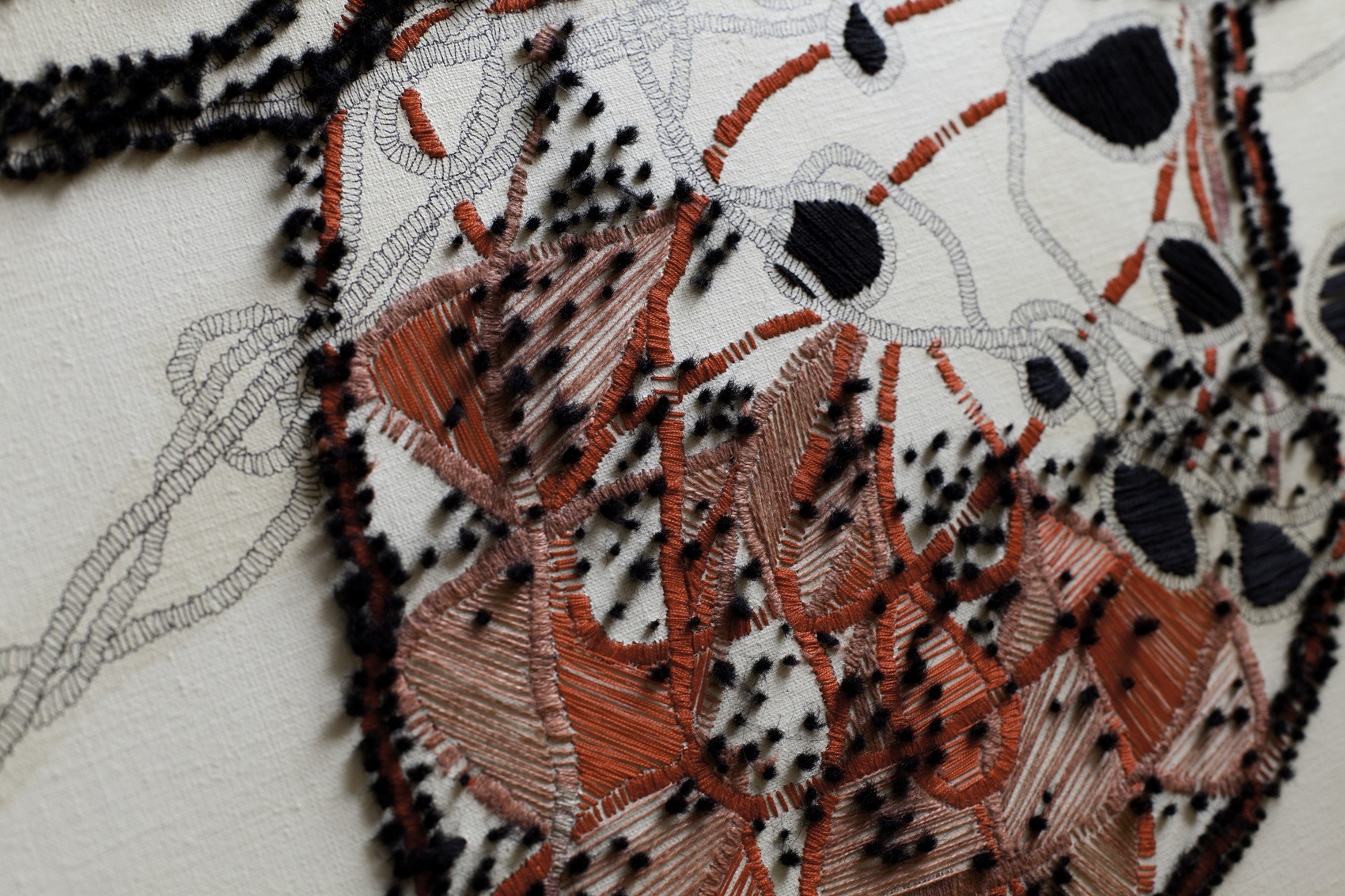
What or who were your early influences and how has your life/upbringing influenced your work?
II grew up in a creative family which gave me lots of artistic inputs. The message I got from my parents since childhood was that money spent on books, art exhibitions, pencils and brushes was always well spent. And colours and brushes were indeed always present in our home.
My grandfather was good in reproducing the works of great painters. My mother enjoyed painting for many years, and my sister has always engaged with different forms of artistic expression. Textiles and threads were also present in my family, as both my mother and grandmother enjoyed to sew their own dresses, as well as clothes for us as kids.
My first approach with needlework was not positive. In elementary school, I protested the fact that, as a girl, I was automatically assigned to embroidery. I became the only girl to join the boys in wood making.
Still, I do remember my fascination for the embroidery on the dresses of the traditional dancers belonging to the different ethnic groups in the former Yugoslavia, which I had the chance to admire as a child during our summer vacations in Croatia.
My work in international development gave me the opportunity to live and travel extensively in many Asian countries. I had the chance to dive into diverse cultures and learn about traditional textile techniques and materials, which still greatly inspire me. It also allowed me to delve into the symbolic aspects of textile art, its cultural significance as well as its socioeconomic and gendered dimensions.
I continue to explore the changing perceptions of textile arts in the Western world throughout history, its political connotations and the new realities of Textile Art.
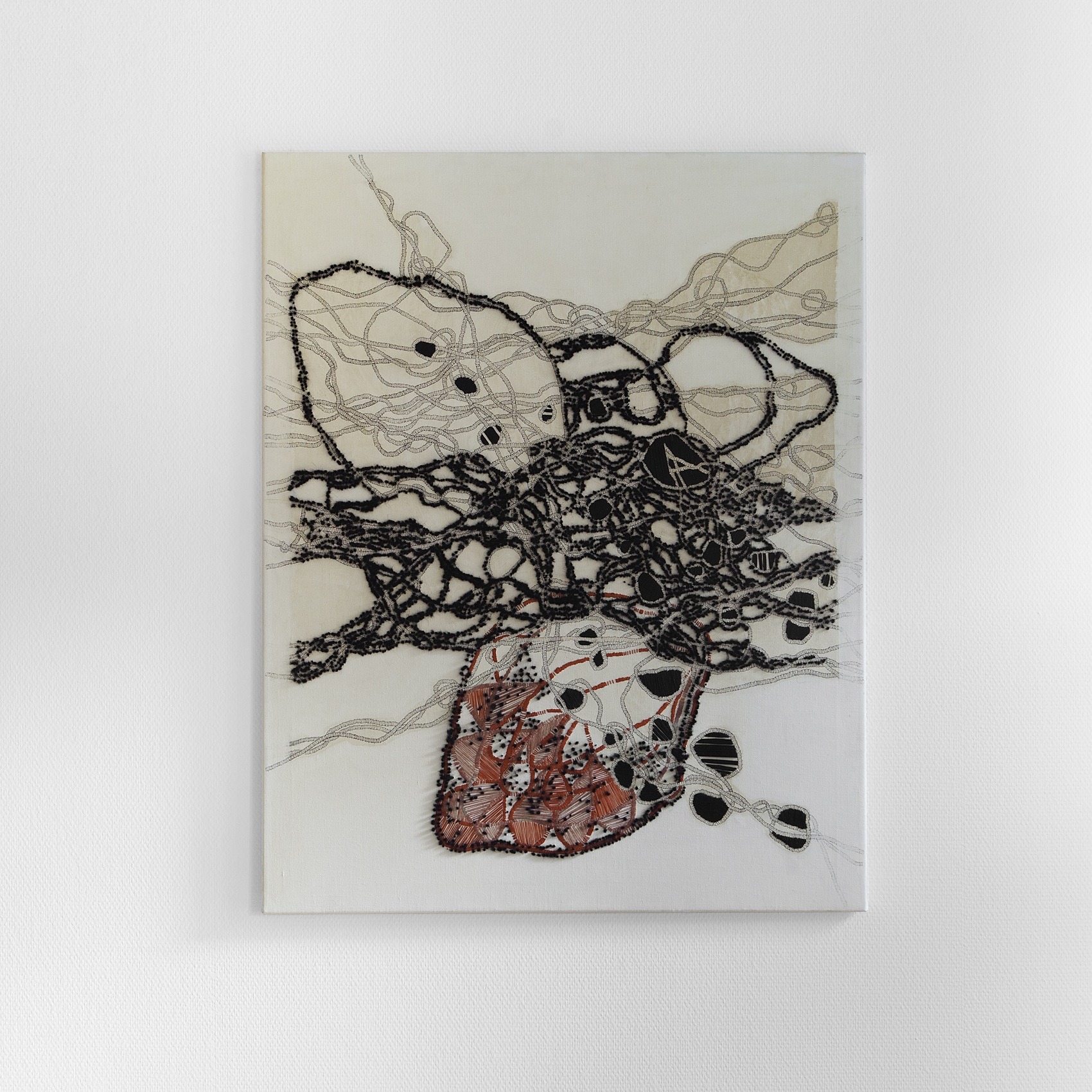
Phases of creation
Tell us about your process from conception to creation
My work generally comes to life through three steps. I first define a broad idea of what I want to do. This phase is very exciting. Fantasy flows and all is possible. It normally happens unexpectedly.
I then sketch the idea and start dealing with limits (materials, techniques, time needed, ).I do not plan every single detail. I prefer to start with a broad idea and then follow the creative flow, which always brings changes and discoveries along the way. This is the most fascinating side of the whole process.
The third step is doing the actual work. I normally work on more than one piece at a time. Usually, I work on something new requiring creativity along with another work, which is at a stage that requires simple execution.
The process flows easily when I see things clearly and it all comes naturally together. Sometimes things go their own way, and it can feel as a continuous fixing of errors in search for harmony.
An important step is deciding when to stop and consider the work finished.

Tell us a bit about your chosen techniques and how you use them
I am experimenting with different techniques, but I’ll describe what characterises my fountain pen drawings series.
I first give my canvases a nuance with a natural colour (natural inks, coffee, tea) and use different techniques to create the desired background texture. The material and texture of the canvas (linen, cotton, etc.) and the applied background colours influence how the fountain pen ink interacts with them. The choice of the ink and the fountain pen nib plays an important role in mark making.
The possibilities are endless when it comes to the type, thickness, colour of yarn and the way it is stitched. I often discover effects during the work, especially when trying to resolve ‘mistakes.’ Resolving mistakes really pushes the practices forward.
All yarn and textile work is sewn by hand. I am working with a needle on canvases normally used for painting. These drawings take months to complete.
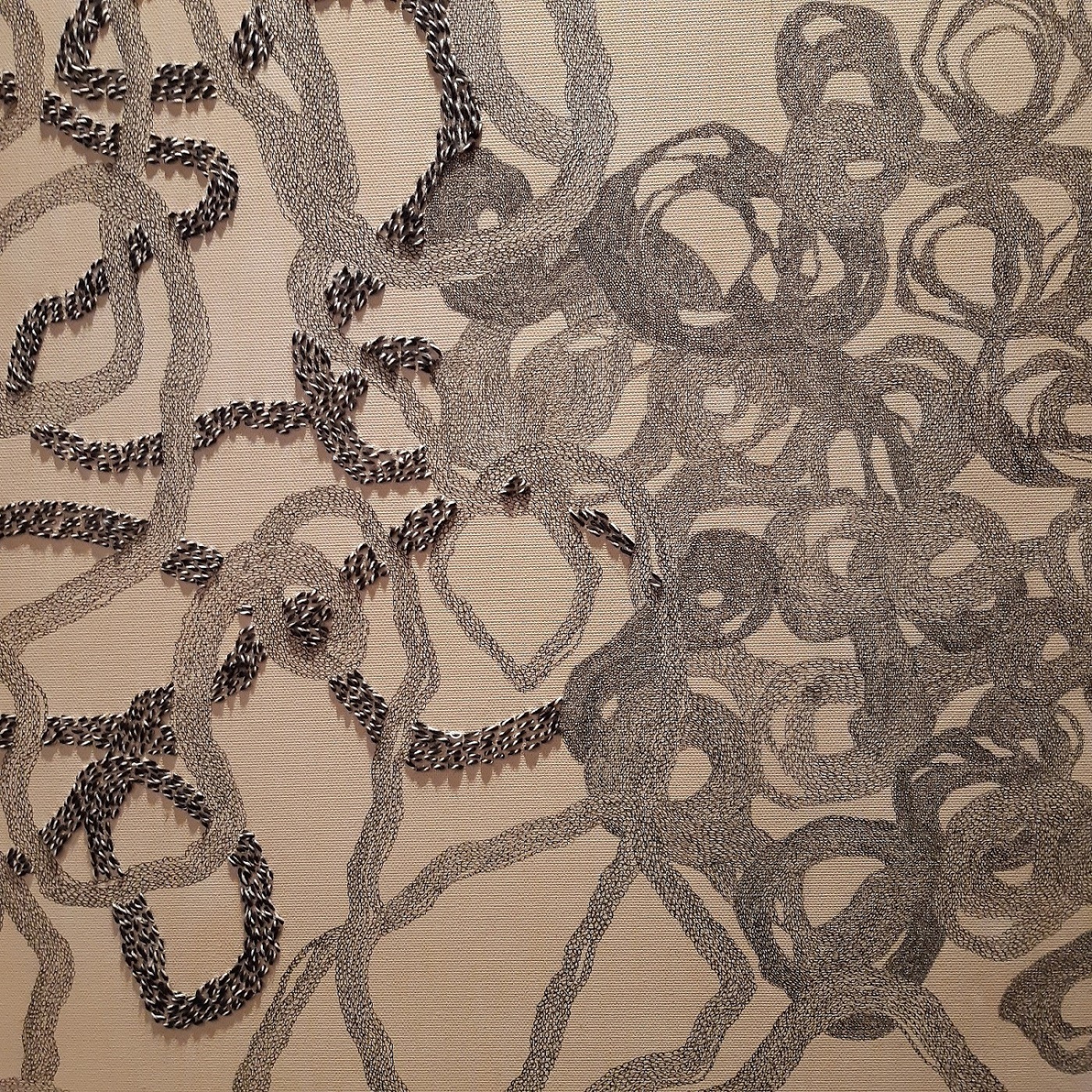
What currently inspires you?
Inspiration comes in different forms and from different sources: walks in nature, books, art catalogues, exhibitions, internet.
As for textiles, I am inspired by the use of traditional materials and techniques to produce non-traditional works. But I’m also equally inspired when non conventional materials are applied to traditional techniques.

Exploring mark making
Tell us about a piece of your work that holds particularly fond memories and why?
I have no favourite. Each work has its own story. Some have matched what I wanted to convey, while others less so.

What advice would you give to an aspiring textile artist?
I agree with some other interviewees: Stop procrastinating and try!
If you currently have limited time to create, or a limited space…then find a technique that is feasible for you in this moment. Ideas will grow and solutions will come along.
For more information visit www.varkako.com
Are you inspired by Varka’s use of mixed media? Let us know below.
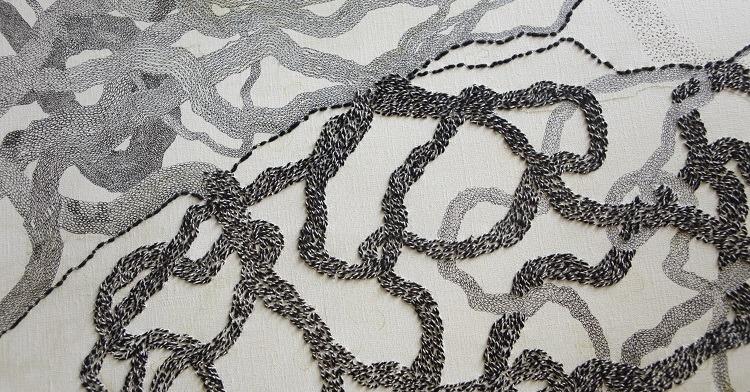
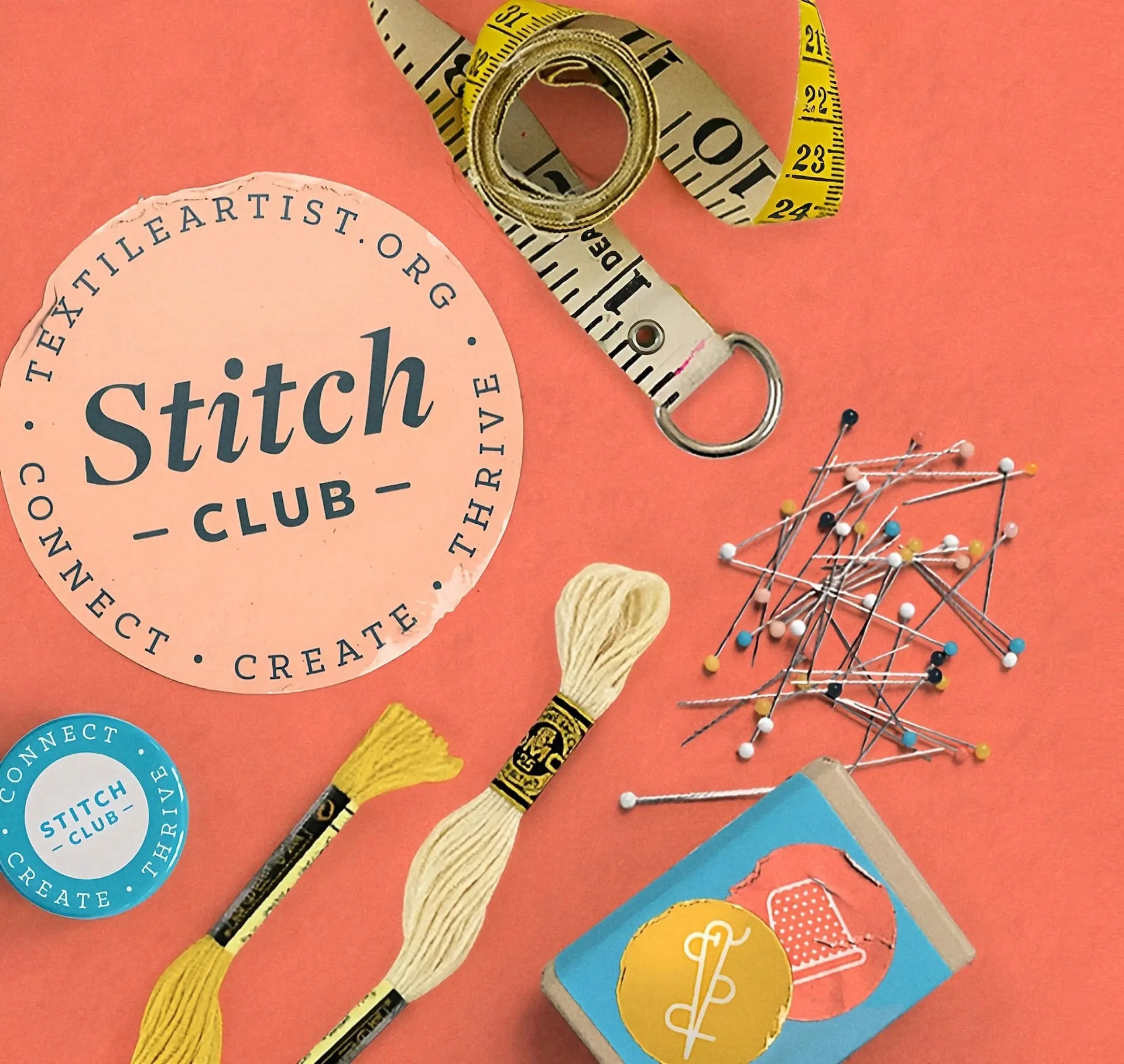
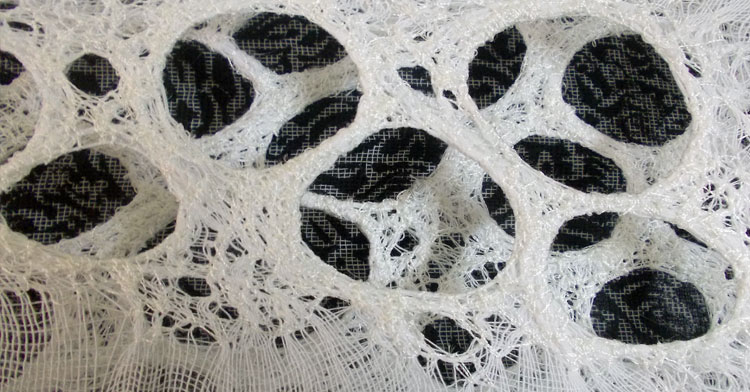
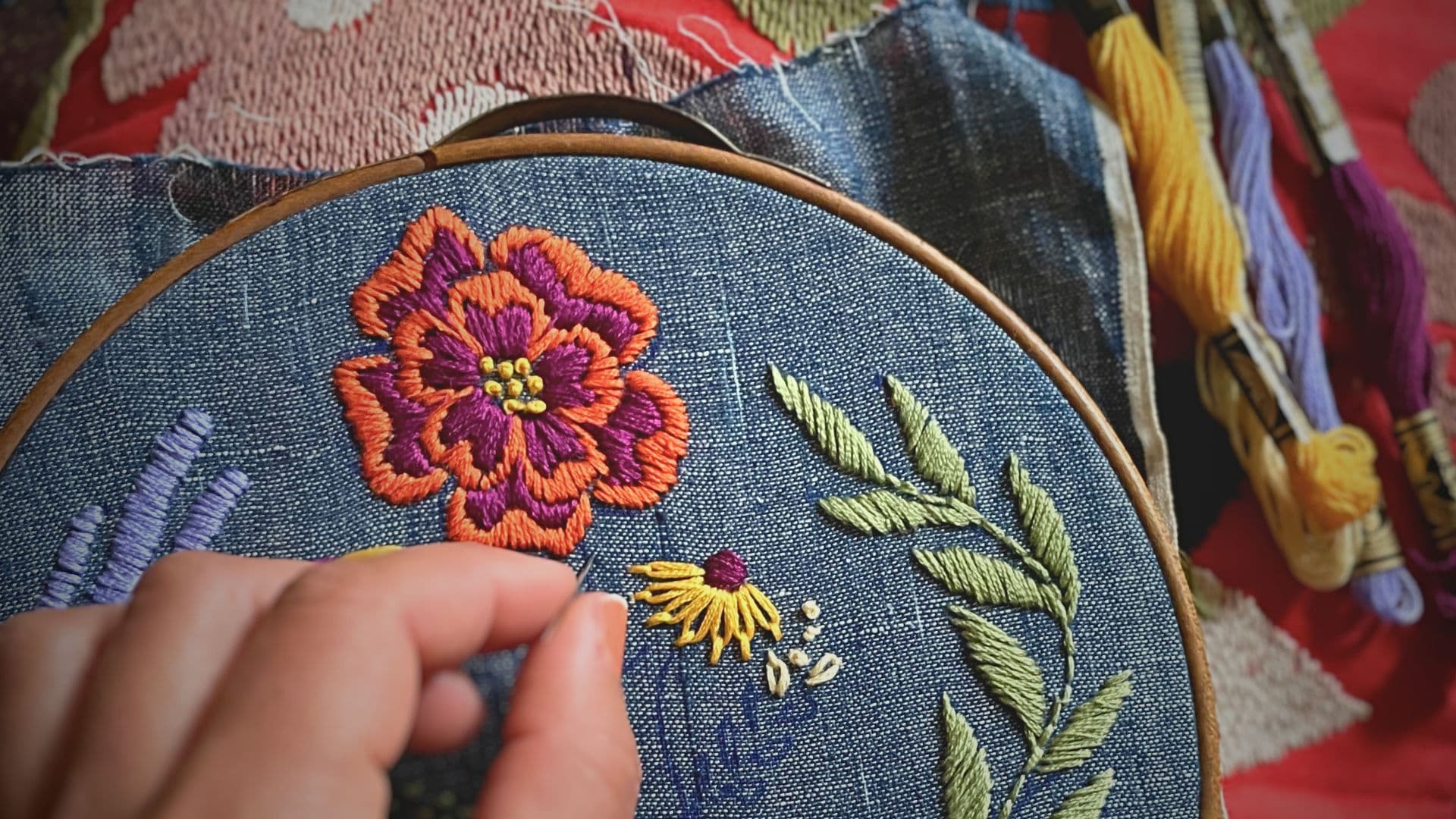
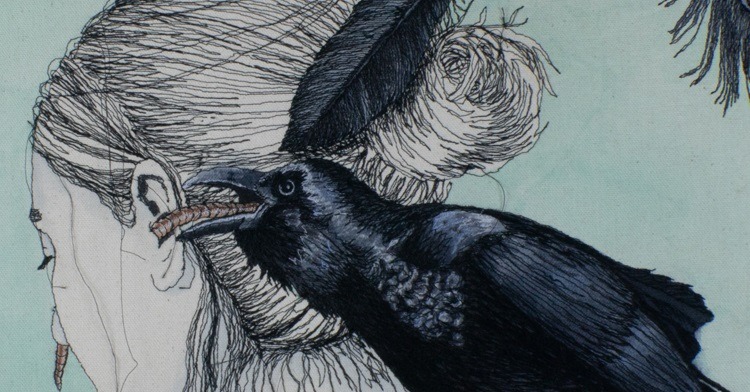
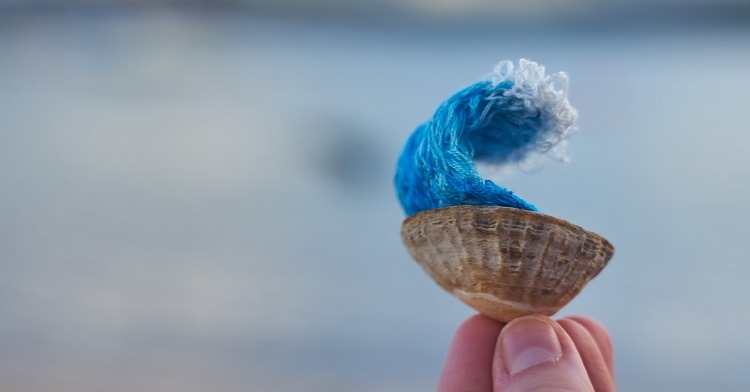

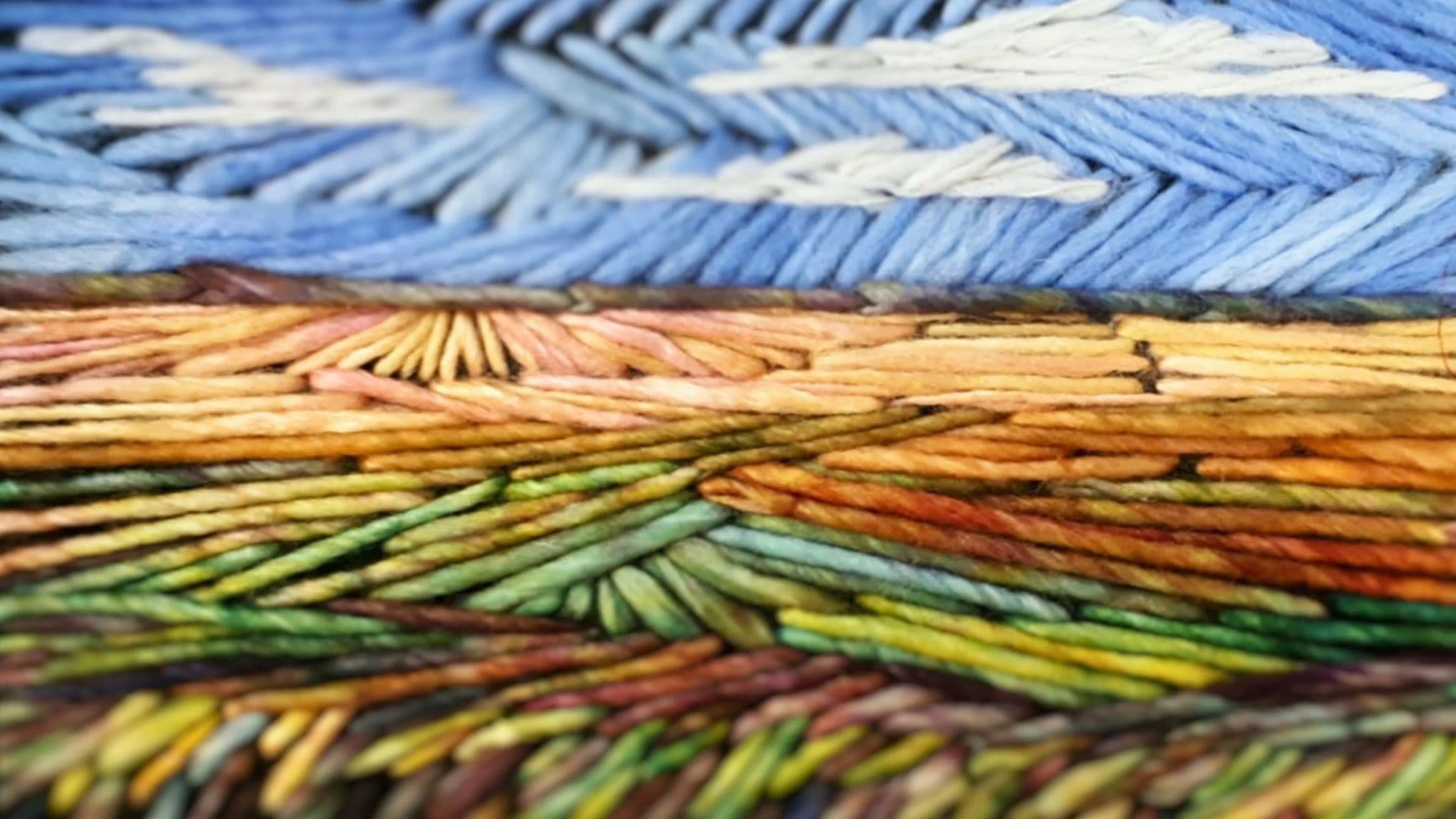
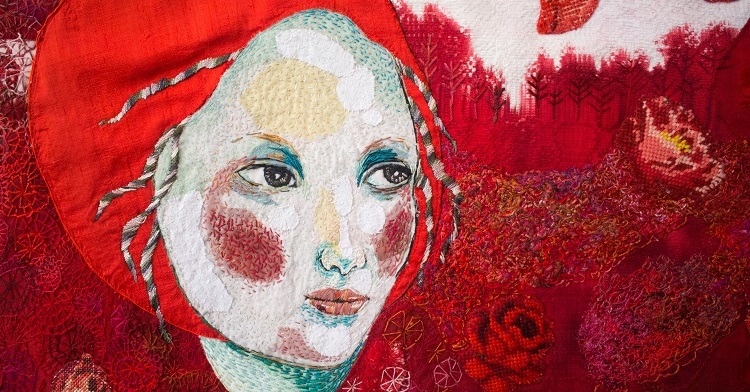
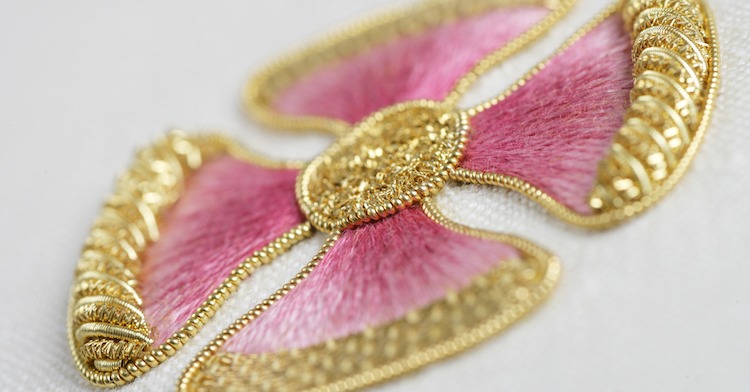
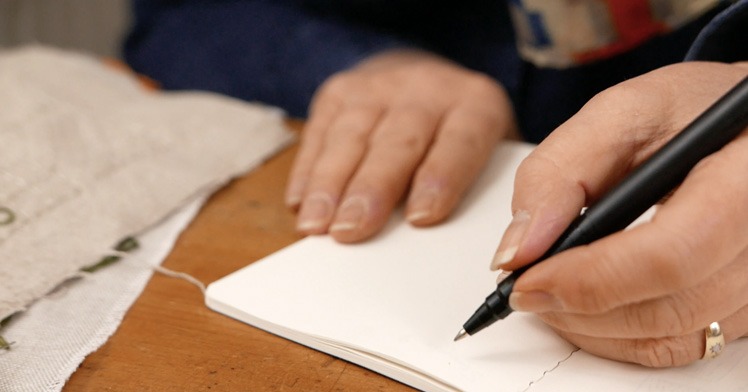

Comments